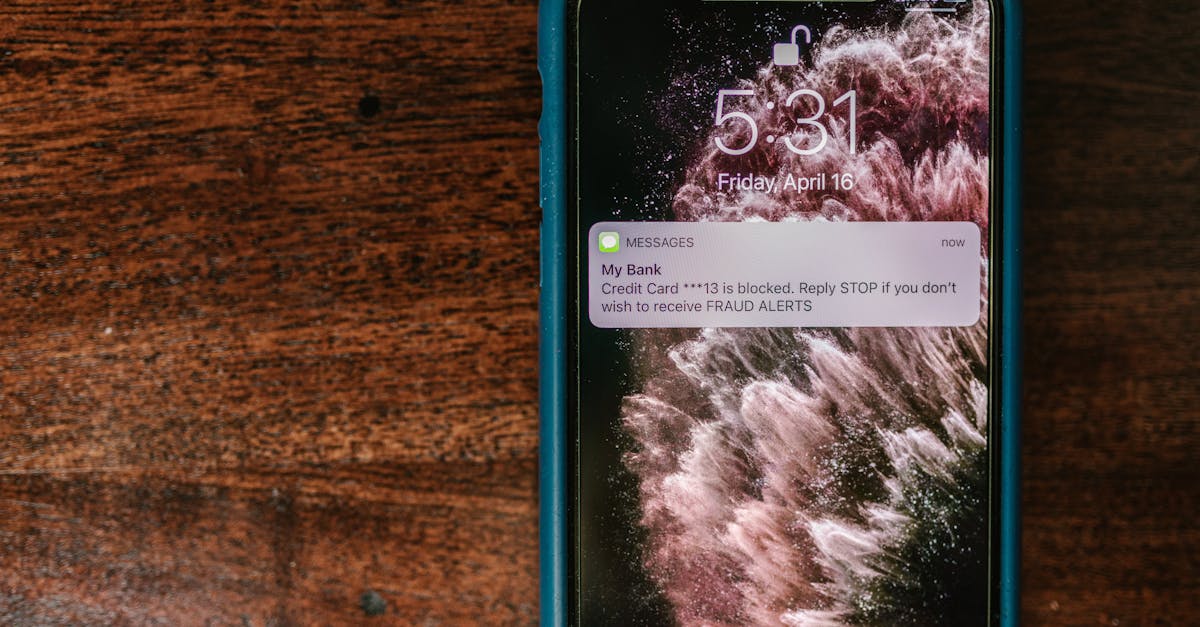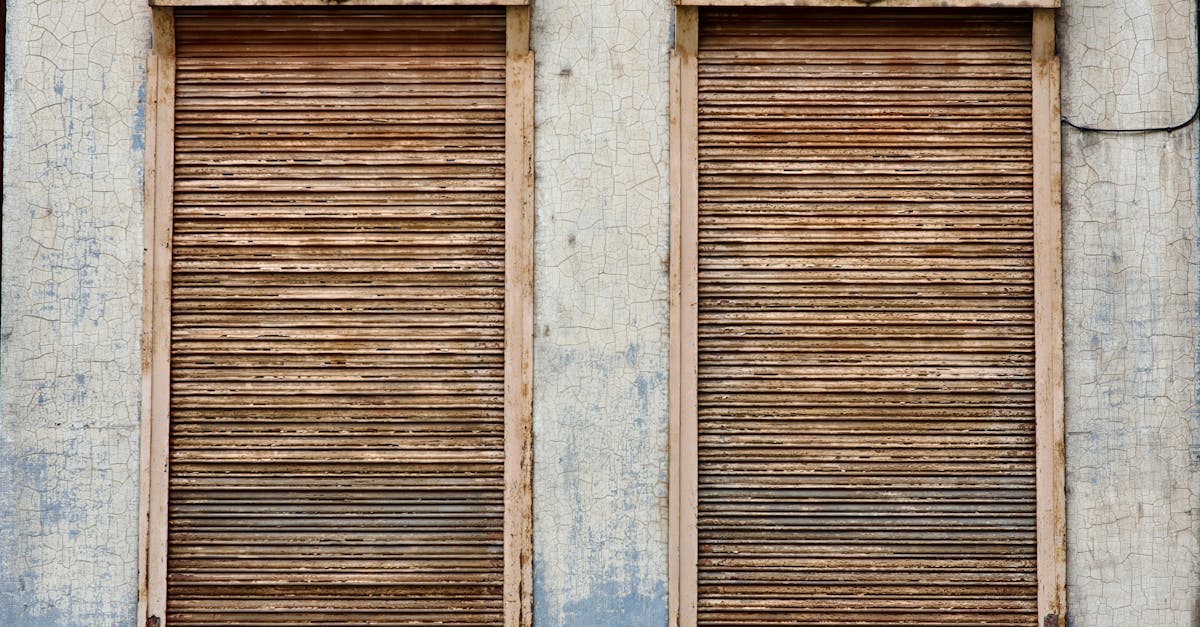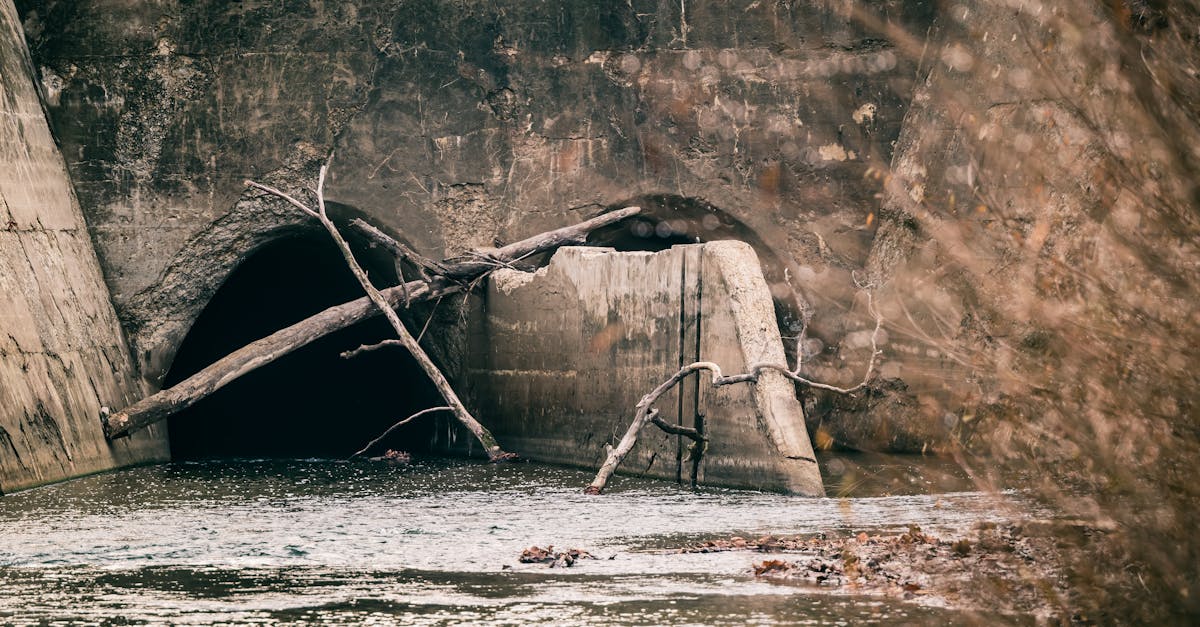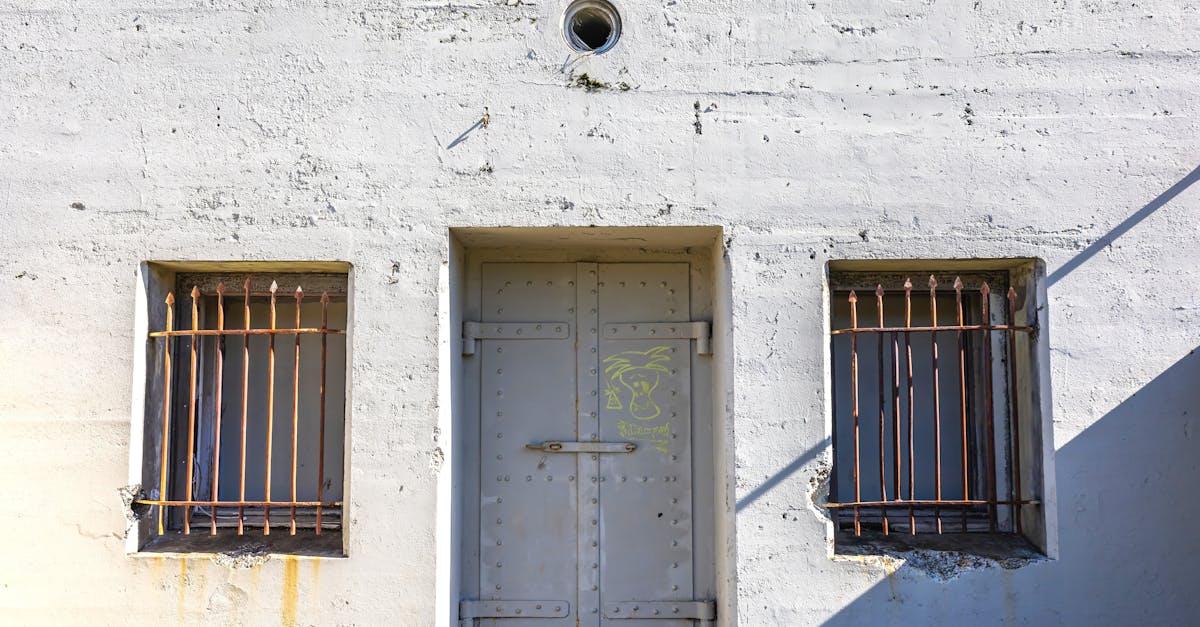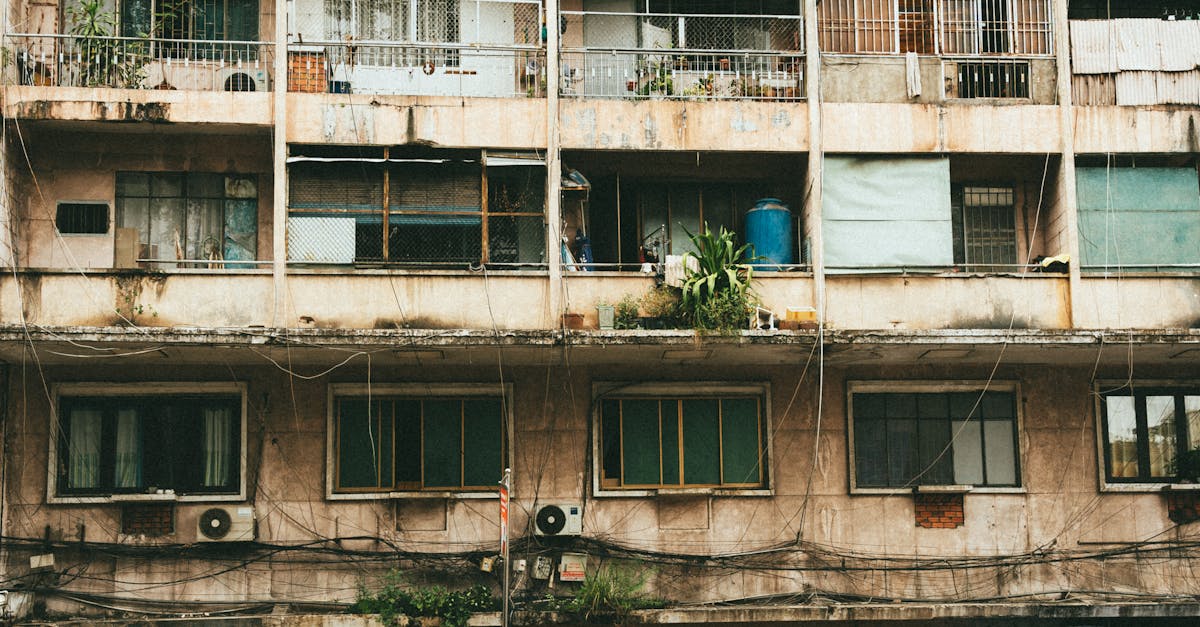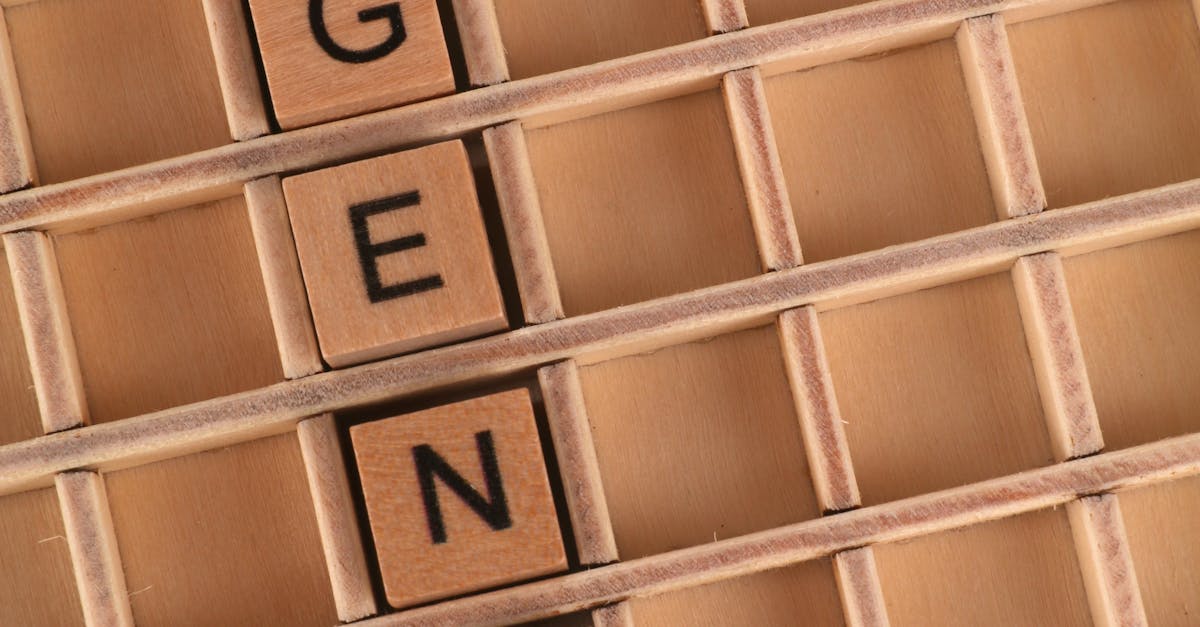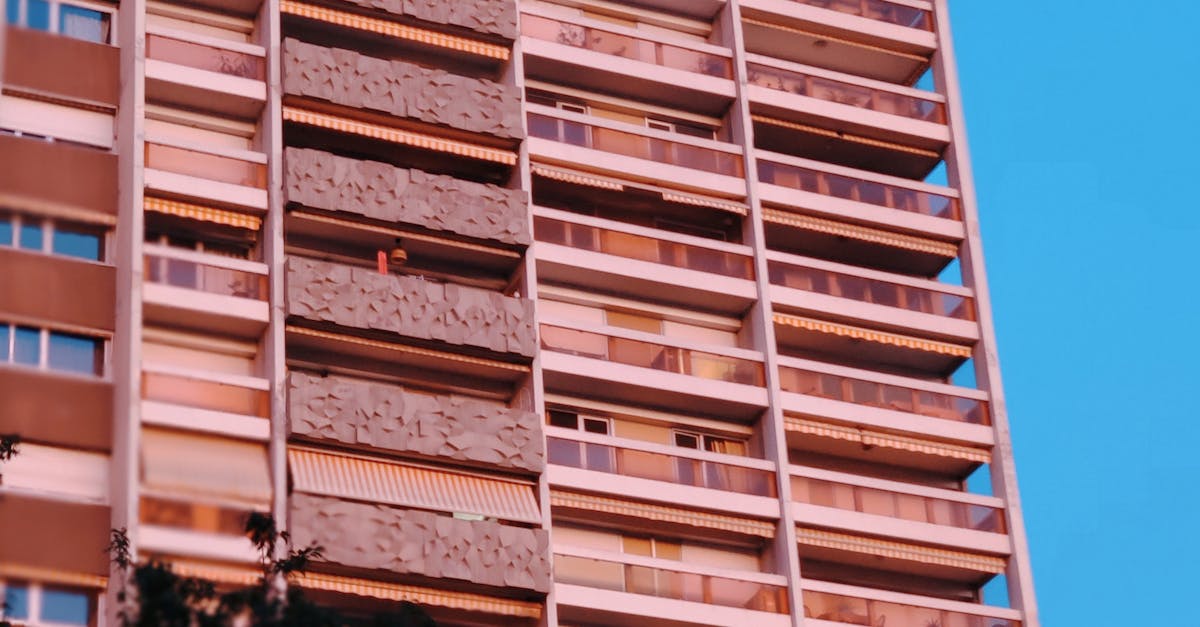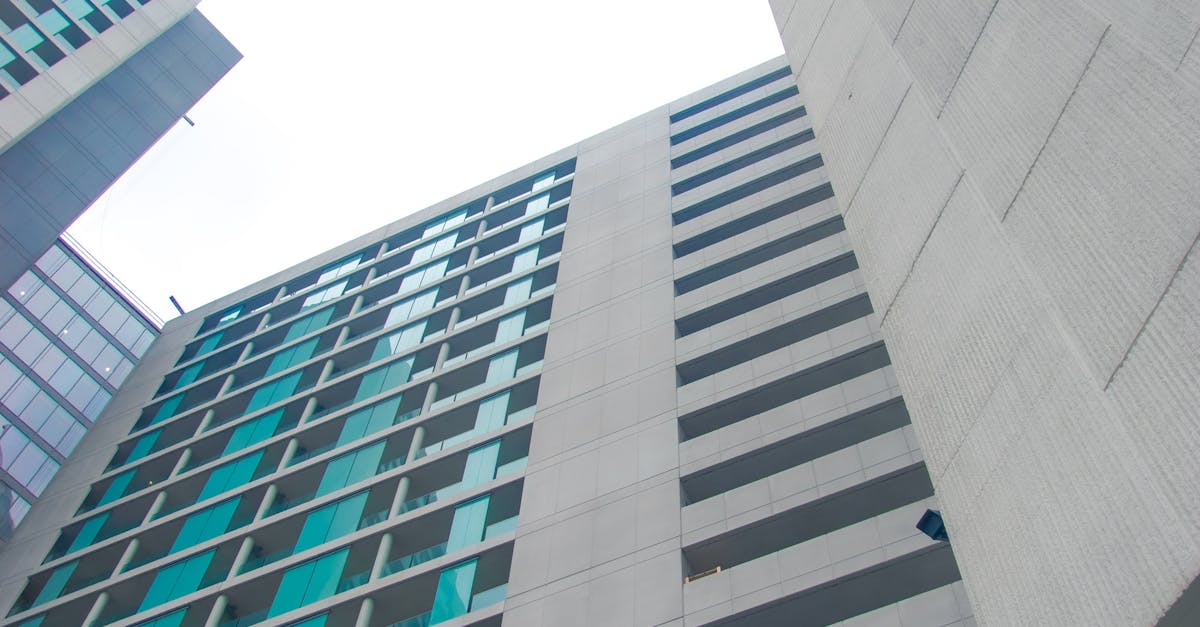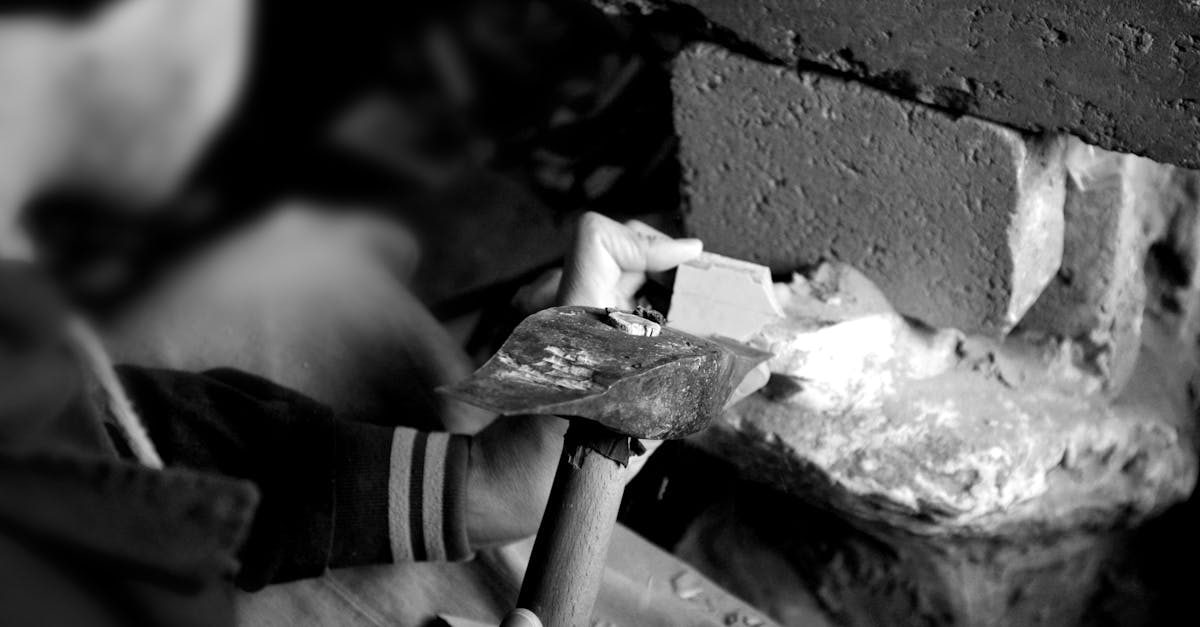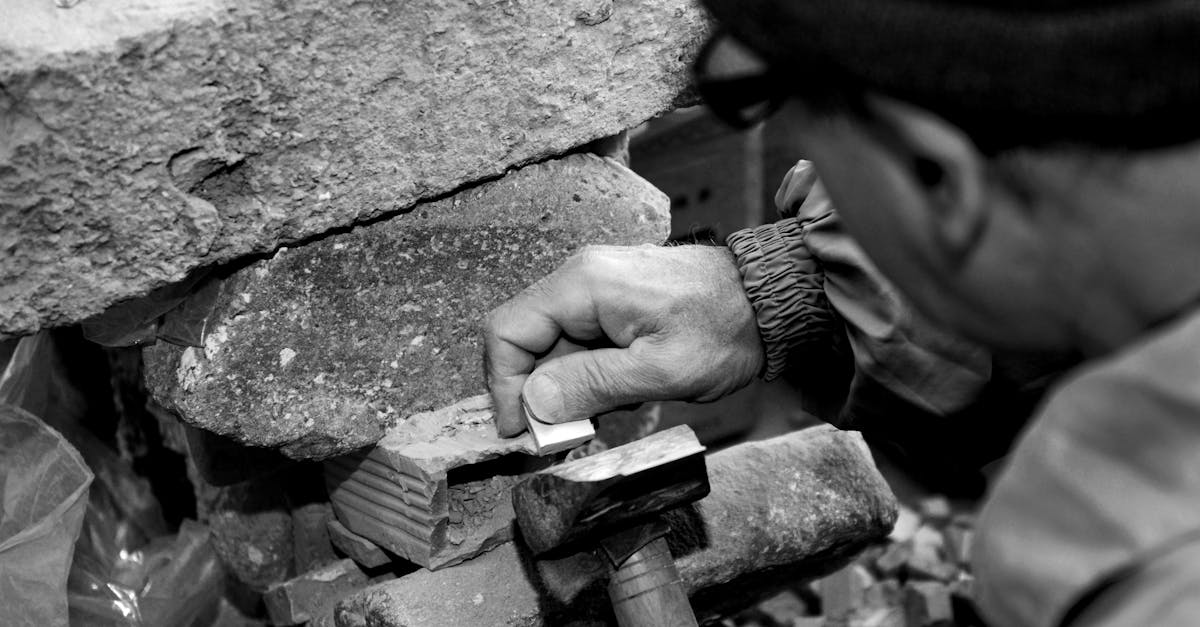
Table Of Contents
Installing the New DualFlush Toilet
Before starting the toilet installation and repair, ensure you have all the necessary tools and materials ready. This includes a new dual-flush toilet, a wax ring, a toilet mounting kit, and adjustable wrenches. Carefully remove the old toilet and the wax ring. This helps to create a clean and level surface for the new unit. Check the flange for damage and replace it if necessary.
Position the new dual-flush toilet over the flange, ensuring the bolts align with the holes on the toilet’s base. Press down firmly to create a seal with the wax ring. Once in place, secure the toilet to the floor with bolts, tightening them evenly to avoid any cracking. Connect the water supply line, making sure all fittings are snug. This preparation ensures a smooth installation process.
Detailed Installation Process
To begin the installation of your new dual-flush toilet, start by removing the old toilet. Turn off the water supply and flush the toilet to empty the tank. Disconnect the water supply line and unbolt the toilet from the floor. With the old toilet removed, clean the area, ensuring that any wax ring residue is cleared before positioning the new base. Place a new wax ring on the toilet's outlet and carefully set the new toilet onto the flange, ensuring the bolts align with the base. Secure it tightly by tightening the nuts without overtightening, which may crack the porcelain.
Next, you’ll need to connect the cistern and the toilet bowl. Follow the manufacturer's instructions for assembling the components. Place the cistern onto the bowl, ensuring that the flush mechanism is correctly positioned. Secure the cistern to the toilet bowl with the provided bolts. Connect the water supply line to the inlet valve on the cistern. Once everything is assembled, it’s wise to check your work against guidelines for toilet installation and repair. This will help prevent any leaks and ensure smooth operation when the water supply is turned back on.
Connecting Water Supply
To connect the water supply to your new dual-flush toilet, begin by locating the shut-off valve on the wall behind the toilet. Ensure that the valve is turned off before proceeding. Use a flexible water supply hose designed for toilet installation and repair. Connect one end of the hose to the valve and the other end to the fill valve on your toilet. Hand-tighten the connections to avoid any damage, ensuring they are secure but not overly tightened, which could lead to leaks.
Once the connections are complete, turn the shut-off valve back on slowly. This allows water to flow into the toilet tank. Keep an eye on the connections for a few minutes to check for any signs of leaking. If you notice any water seeping from the joints, tighten the fittings slightly. Proper installation is crucial for the efficient operation of your dual-flush toilet and helps prevent future maintenance issues.
Ensuring Proper Connections
Before you proceed with the connections, it’s essential to inspect the water supply line. Ensure there are no obstructions, kinks, or signs of wear that could affect the flow of water. Use a new rubber washer when joining the supply line to the toilet inlet. This helps create a watertight seal, preventing leaks that can lead to costly repairs later on.
When tightening the connection, avoid over-tightening as this may lead to cracking the toilet’s porcelain. Ensure the connection feels secure but remains within a reasonable tightness. After making these connections, ensure that all fittings are properly secured as part of the toilet installation and repair process. A well-made connection is critical for smooth operation and longevity of the dual-flush toilet.
Testing the New Toilet
After completing the installation of your new dual-flush toilet, testing its functionality is crucial. Begin by turning the water supply back on and allowing the tank to fill. Once filled, you can initiate a flush to ensure both the full and half-flush options are working properly. Listen for any unusual noises during flushing, as this may indicate potential issues with the installation or components.
Next, check for any leaks around the base of the toilet and the water connections. Wipe the areas with a cloth to identify any signs of moisture. If leaks are present, you may need to tighten connections or apply plumber’s tape where necessary. This step is an essential part of toilet installation and repair, ensuring that your new fixture operates efficiently and maintains its integrity over time.
How to Check for Leaks and Functionality
Once the new dual-flush toilet is installed, it is essential to check for any potential leaks. Begin by examining the water supply line where it connects to the toilet's tank. Look for signs of moisture around the fittings, as even a small leak can lead to bigger issues over time. Flush the toilet several times and pay close attention to the base where the toilet meets the floor. If any water pools around this area, it may indicate a problem that requires immediate attention.
Functionality should also be tested to ensure optimal performance of the dual-flush system. After flushing, observe whether the toilet refills correctly and that both the full and half flush options work as intended. If the flush operates inconsistently, adjustments may be needed. For those uncertain about the proper adjustments or any repairs needed, seeking professional assistance in toilet installation and repair can provide peace of mind and prevent future complications.
FAQS
What tools do I need to install a dual-flush toilet?
You'll typically need a wrench, a screwdriver, a level, a tape measure, and a bucket for any water that may spill during the installation.
Do I need a plumber to install a dual-flush toilet?
While some homeowners may choose to hire a plumber, many find that they can successfully install a dual-flush toilet on their own, especially with clear instructions.
How do I choose the right dual-flush toilet for my bathroom?
Consider factors such as the toilet's size, style, flush efficiency, and water-saving capabilities. Make sure to check local regulations in New South Wales regarding water usage.
What should I do if I encounter leaks after installing the toilet?
First, check all connections and fittings to ensure they are secured properly. If leaks persist, you may need to replace washers or consult a plumber for assistance.
Is there a specific water supply connection method recommended for dual-flush toilets?
Yes, it’s important to use the correct fittings and ensure all connections are tight to prevent leaks. Always follow the manufacturer's instructions for the best results.

